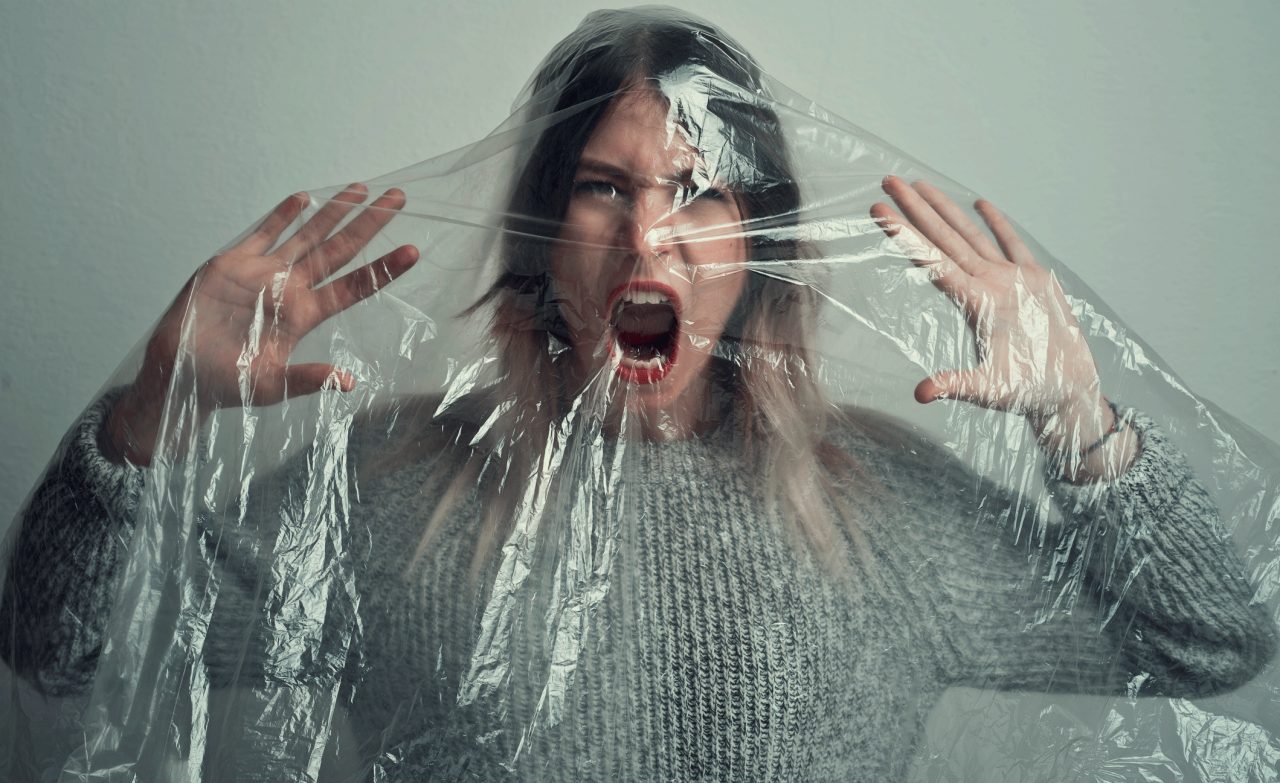What Is Chronic Obstructive Pulmonary Disease (COPD)?

What is COPD? Chronic obstructive pulmonary disease, most common among smokers, includes several lung problems. Learn more.
What is COPD?
Chronic obstructive pulmonary disease includes several lung problems that build up over time. It’s common for ex-smokers to have more than one at once.
For example, you could have emphysema, when the air sacs in your lungs slowly lose their flexibility and you can’t breathe out. The walls between air sacs may be destroyed. If you have chronic bronchitis, the bronchial tubes become inflamed and grow narrow, with mucus building up inside them.
COPD is more common than people realize, and in some rural states — Alabama, Tennessee, Kentucky, and West Virginia — more than 9 percent of the population has COPD, according to the Centers for Disease Control and Prevention. Many people may not have seen a doctor and been diagnosed.
Although there’s no cure, treatment can make you feel better and avoid complications like frequent respiratory infections or heart problems. COPD is a risk factor for lung cancer, and the two illnesses may even be two aspects of one disease, one study concluded.
YOU MIGHT ALSO LIKE: COPD Symptoms
How can you tell the difference between COPD and asthma?
People with asthma breathe normally between attacks, but with COPD your breathing remains difficult. COPD produces more mucus, and you’re more likely to have a chronic cough and blue fingernail beds and lips.
How do you get COPD?
Most cases are caused by smoking tobacco, but you can also get COPD from secondhand smoke or other chemicals in the air.
The longer and more tobacco products you smoke, the greater your COPD risk. Cigars and pipes count.
You are at more risk if you have asthma or your lungs were weakened when you were young, for example if your mother smoked while pregnant with you or people smoked in your childhood home.
A small group of people with COPD have a genetic condition called alpha-1 antitrypsin deficiency that makes their lungs vulnerable.
What are the symptoms of COPD?
At first you might think you have a cold. You might notice that your breath is short, especially after exercise. You might cough and often need to clear your throat when you first wake up.
Over time, if you have COPD, you’ll struggle to breathe. You might wheeze, which causes a whistling sound when you breathe out. You might feel tightness in your chest or produce a lot of spit.
Especially if you smoke and find you’re avoiding the stairs and skipping exercise, that’s a red flag.
In the later stages, you’ll be very tired, your feet and ankles or legs might swell up, and you might lose weight.
Get help quickly if you show signs of low oxygen in your blood: bluish or gray fingernails or lips. Also seek help if you can’t finish a sentence without catching your breath or your heart is racing.
As the illness progresses, you have an increased risk of heart problems, high blood pressure in lung arteries, lung cancer, and depression and anxiety.
How is COPD diagnosed?
Tell your doctor about your symptoms and your history of smoking or exposure to secondhand smoke and air pollution. Your doctor might ask you to blow into a tube connected to a spirometer, which measures lung function. You might have a chest x-ray or CT scan, or a blood test to measure oxygen levels. These tests help your doctors decide if your symptoms are related to asthma or heart failure instead of COPD, or possibly on top of COPD.
How is COPD treated?
You might take medicines, either through an inhaler or nebulizer, to relax the airway. Some last from four to six hours, or others for 12 hours. Called bronchodilators, they include selective beta-2-agonists and anticholinergics.
Other medicines, glucocorticosteroids, reduce inflammation.
Ask your doctor whether you should get vaccinated to avoid respiratory viral infections.
If your case is severe
In more extreme cases you may need a type of medication called phosphodiesterase-4 inhibitors to reduce inflammation and relax airways.
You may need supplemental oxygen; some people bring an oxygen unit with them when they go out.
You might need a bullectomy, surgery to remove large abnormal air spaces, called bullae, in your lungs, or surgery that removes other kind of lung tissue. Some people get a lung transplant.
What you can do
- Quit smoking and avoid all second-hand smoke.
- Follow your medication routine.
- Lose extra weight but don’t get too thin. Eat a healthful diet with lots of vegetables.
- Drink noncaffeinated liquids to thin your mucus. Caffeine can interfere with your medications.
- Exercise regularly but check with your doctor about what is safe for you.
- Avoid salt.
- About an hour before a meal, clear your airways. Take small bites and chew slowly. You might try to eat five or six smaller meals rather than big ones. Drink fluids at the end of a meal.
Updated:
August 10, 2020
Reviewed By:
Janet O’Dell, RN